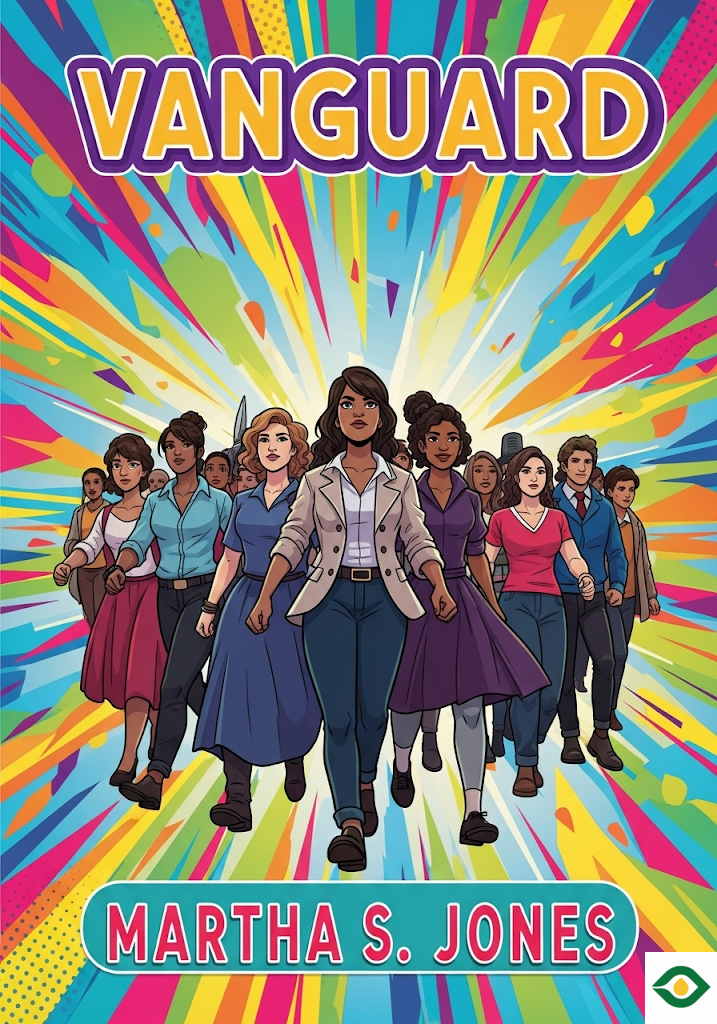Description
The story of America’s promise of freedom is often told through great documents like the Declaration of Independence and the Constitution. These papers declared that all people are created equal, with the right to life, liberty, and happiness. Yet, from the beginning, those rights were not shared equally. White men controlled power, while African Americans and women were excluded. But Black women refused to remain silent. They stepped forward as leaders, activists, educators, and reformers, pushing the nation to live up to its ideals.
In the early days of the United States, slavery defined the lives of millions. Most leaders of the time believed slavery would last for generations, even if they thought it should eventually end. But during the 1830s, something changed. A new wave of reformers demanded the immediate abolition of slavery. They wanted the ideals of liberty to apply to everyone, not just a privileged few.
This movement found strong support among women. Many white women, facing their own lack of rights, saw their struggles mirrored in the condition of enslaved people. They had no right to vote, no control over property, and were bound by unfair marriage laws. They understood oppression, even if their circumstances were different. Joining the anti-slavery cause gave them a voice in public life. Yet, within this movement, Black women faced unique barriers.
One powerful example was Hester Lane, a successful Black entrepreneur in New York who used her wealth to help the cause. She supported abolitionist groups, helped buy freedom for enslaved people, and aided those escaping bondage. When the chance came for her to take a leadership role in a major anti-slavery society, she was rejected while white women were elected. Her exclusion revealed a painful truth: even within movements for justice, racism silenced Black women.
But these women refused to step aside. They built their own organizations and carved their own paths. Maria Miller Stewart, one of the first Black women to speak publicly about politics and religion, urged women of African descent to develop their talents and claim equality. Jarena Lee, called by faith, became the first woman licensed to preach in the African Methodist Episcopal Church. Sarah Mapps Douglass founded literary and anti-slavery societies for Black women, creating safe spaces for leadership and learning. These pioneers proved that their voices would not be ignored.
The connection between ending slavery and achieving women’s equality was clear to many. The story of Celia, a young enslaved woman in Missouri, showed how deeply intertwined racism and sexism were. After years of abuse by her owner, Celia defended herself and killed him. But the court ruled that she was property, not legally a woman, and therefore could not claim the right to self-defense. Her tragic case revealed how laws denied Black women even the most basic protections.
Sojourner Truth, who escaped slavery and became one of the most famous speakers of her time, made this connection the heart of her message. With unforgettable presence, she reminded audiences that until Black women were free, no woman was truly free. Her life embodied both the pain of oppression and the power of resistance.
The Civil War brought massive change. Enslaved people fled to Union lines, fought in the army, and worked for freedom. The war ended slavery, and amendments to the Constitution promised citizenship and voting rights. For a brief moment during Reconstruction, Black men held political office, and democracy seemed within reach. But white resistance soon turned the tide. Southern states created laws to block Black voters, and violence was used to keep them away from the polls. Slavery was gone, but Jim Crow segregation replaced it.
Amid these setbacks, Black women kept demanding universal rights. Mary Church Terrell, one of the most educated and accomplished women of her time, refused to accept compromise. While many white suffragists pushed only for the vote for white women, Terrell and her peers insisted that justice must include everyone. She helped found the National Association of Colored Women, a group that became a central force in the fight for equality.
When women won the right to vote in 1920, victory was incomplete. Black women in the South were blocked by the same racist laws that denied Black men. Mary McLeod Bethune, born to formerly enslaved parents, took up the fight. She built schools, taught women how to register to vote, and faced down threats from groups like the Ku Klux Klan. Her courage inspired countless others, but voter suppression remained strong in the South.
Bethune realized that change had to reach the highest levels of power. In Washington, she built alliances, including a close friendship with First Lady Eleanor Roosevelt. She became an advisor to President Franklin Roosevelt, joining the Federal Council of Negro Affairs. From this position, she pushed for civil rights and opened doors for many Black women to rise into leadership roles.
Her work marked a new stage in the movement. The fight for equality was no longer only in the streets and local communities—it was now in the halls of government. Over time, this influence grew stronger, laying the foundation for the civil rights breakthroughs of the 1960s. The Voting Rights Act of 1965, which banned racial discrimination in voting, was the fruit of generations of struggle.
The journey was long and filled with setbacks, but the contributions of Black women were central at every step. They fought in courts, churches, classrooms, and political halls. They faced rejection from supposed allies and outright hostility from enemies, yet they pressed on. Their vision was clear: a democracy that lived up to its promise of liberty and justice for all.
Today, their legacy reminds us that progress is never given freely. It is earned through courage, persistence, and the refusal to be silenced. Black women were not only witnesses to history; they were makers of it. Their fight shaped America, and their voices still echo in the ongoing struggle for equality.





